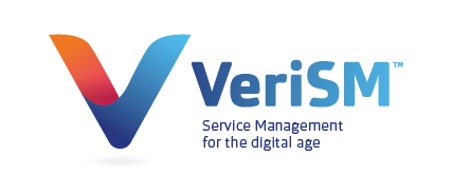At GogoTraining our students get to ask the instructor’s questions while they train, and we wanted to share a great student question on ITIL 4 Foundation and the caliber of answer students can expect to receive. Suzanne brings the classroom to life online by going the extra mile and fully and completely answering their questions just as though they were in the classroom. Kudos, Suzanne!
The student asked:
Hello Suzanne, Many thanks your great and easy to follow class. I have a question in ITIL 4 Foundation course module “Start Where You Are”. You have a great example of the check-out person who took a personal interest in your discussion while she was checking out your items but received a bad score because the system graded her on speed of checking out. Your last bullet states “good measurements shouldn’t influence behavior”. If that is the case, what should it influence? I’ve studied all types of businesses that say you should inspect what you expect. Tying bonuses and commissions to behavior based outcomes is what I’ve been trained to do, so this concept is a very new one for me. Can you please elaborate? Thanks.
Dr. Van Hove Answered:
Thank you for your kind words. You have a great question — good measures should measure the qualities the organization has deemed important, and in the case of this check-out person, she demonstrated “intelligent disobedience” (a new term in the Managing Professional materials). It was appropriate that she ignore the metrics because she improved the customer experience. What annoyed me in this scenario, was that there wasn’t a compensation for that action. The other side of the coin is when workers only work to achieve the metrics (resolve calls in 90 seconds) and they don’t do their job but rather perform to the metric because it is tied to pay/rewards, etc… That is a BAD metric and that is what we are trying to avoid. So, the point is that metrics should reflect the business and consumer requirements, they should be known to the staff as targets to be achieved, but they shouldn’t be written where common sense, customer experience (and for that matter, employee experience) be ignored, frivolously attended to, etc. Bonuses and commissions are directly tied to individual performance to the OVERALL ACHIEVEMENT of the organization and I believe that is a bit different that my example. The bullet, to be clear, means we don’t want the metric to **become the behavior** but rather the metric measures the desired service component. I hope that makes more sense. Thanks for the question — enjoy the rest of the course and good luck on the exam! Cheers! Suzanne



